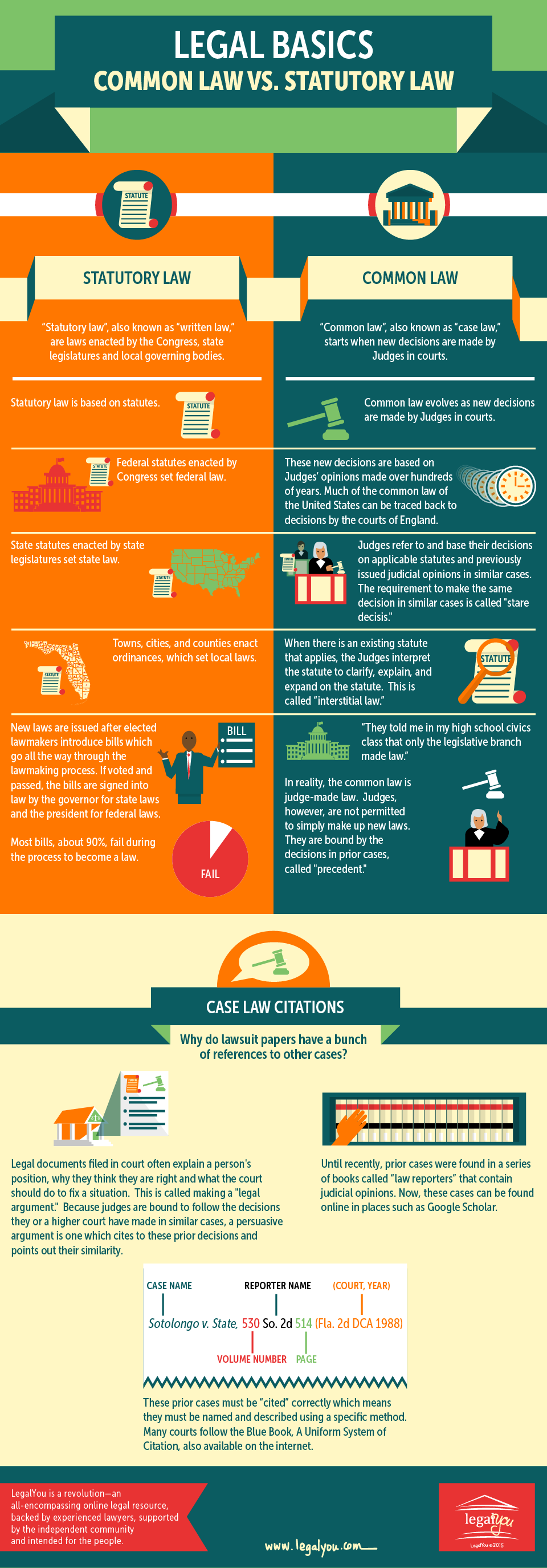Expecting The Trip: The Timeline Involved In A Standard Divorce Instance
Expecting The Trip: The Timeline Involved In A Standard Divorce Instance
Blog Article
Uploaded By-Viborg Hedegaard
As you start the journey of browsing a divorce situation, you might find yourself wondering about the timeline that lies in advance. From the first stages of submitting records to the complexities of arrangement and the potential for a trial, each action holds its own collection of difficulties and uncertainties. Recognizing the sequence of occasions can aid you plan for what's to come and prepare for the twists and turns that might arise along the road.
Initial Declaring and Service of Papers
When starting the divorce procedure, the primary step is the initial filing of the required documents with the court. This step formally begins the legal procedure and sets the separation case moving. You must send kinds that lay out the grounds for separation, properties, liabilities, income, expenditures, and any other pertinent details required by the court.
After submitting these records, duplicates must be offered to your spouse, informing them of the divorce process. This service can be done with a process-server, constable's workplace, or licensed mail, making sure that your spouse is formally alerted of the divorce instance against them.
Once the documents are filed and served, the court will certainly provide an instance number and appoint a court to look after the situation. It's crucial to accurately finish and submit these documents, as any kind of mistakes or omissions could delay the separation process.
This first action lays the foundation for the legal dissolution of your marital relationship, noting the beginning of a possibly challenging but essential process.
Exploration and Arrangement Stage
During the Exploration and Arrangement Phase of a separation instance, both celebrations take part in gathering information and exchanging appropriate files to much better recognize each other's financial circumstances and various other significant information. This phase is critical as it establishes the structure for settlements and prospective negotiation arrangements. With approaches such as interrogatories, requests for manufacturing of papers, and depositions, each celebration aims to uncover realities, assets, debts, and various other important details that might impact the case's outcome.
Negotiations throughout this stage often involve conversations on different problems like residential property division, child wardship, visitation schedules, and financial support. Both events might work with their attorneys to check out settlement choices, possibly avoiding the demand for a test.
Arbitration or collective regulation processes might also be used to help with effective conversations and get to equally appropriate agreements. read this article to approach this stage with transparency, honesty, and a readiness to compromise to accomplish a smoother resolution and lessen the emotional and financial toll of a prolonged court fight.
Test and Last Resolution
Moving forward from the Exploration and Settlement Phase, the Test and Last Resolution phase notes the conclusion of your divorce situation. This stage is where unresolved problems are brought prior to a court to make final decisions on issues like property division, child custodianship, and support. The trial generally involves offering proof, witness testimonies, and legal arguments to support your situation.
Throughout the test, both parties will certainly have the chance to present their settings and counterarguments. visit this hyperlink to be prepared, as the court's decision will substantially affect the last end result of your divorce.
Adhering to the trial, the judge will provide a final judgment that outlines the terms of the separation, including any type of financial negotiations and protection plans.
As soon as the judgment is provided, the divorce is completed, and both celebrations are legitimately bound by its terms. While the test phase can be difficult and emotional, it's a required step towards reaching a final resolution and moving on with your life post-divorce.
Final thought
To conclude, navigating a divorce instance includes a series of actions from filing preliminary papers to getting to a final resolution. Recognizing the timeline of events can help you plan for what to expect throughout the procedure. By being positive, seeking lawful advice, and remaining notified, you can browse the complexities of separation proceedings with confidence and clarity.
